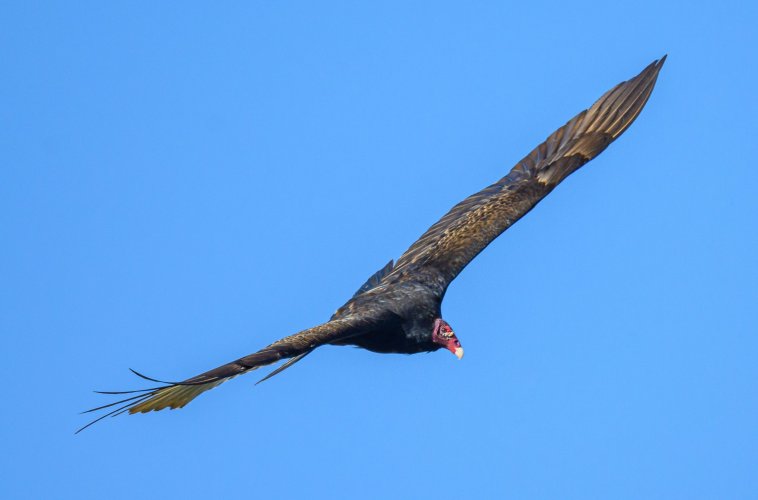ChrisM
Well-known member
It's entirely plausible that your copy was defect in some way. In fact, I assume it was.
It could have happened during transport, or it could be a combination of failing standards during assembly for your particular copy, after which the inevitable impacts during handling/transport knocked something out of alignment.
Or it could be a bad VR mechanism or focus group/motor. There are so many things that could possibly be wrong.
Fact is, that the image threads on the Z800PF are full of great images in a variety of circumstances.
Why not get another copy? If you then experience the same issues, I can understand it leaving a bad taste. Luckily, there are things like return policies and warranty.
You should not have to pay 7000,- for a lens producing hazy soft images.
It could have happened during transport, or it could be a combination of failing standards during assembly for your particular copy, after which the inevitable impacts during handling/transport knocked something out of alignment.
Or it could be a bad VR mechanism or focus group/motor. There are so many things that could possibly be wrong.
Fact is, that the image threads on the Z800PF are full of great images in a variety of circumstances.
Why not get another copy? If you then experience the same issues, I can understand it leaving a bad taste. Luckily, there are things like return policies and warranty.
You should not have to pay 7000,- for a lens producing hazy soft images.


